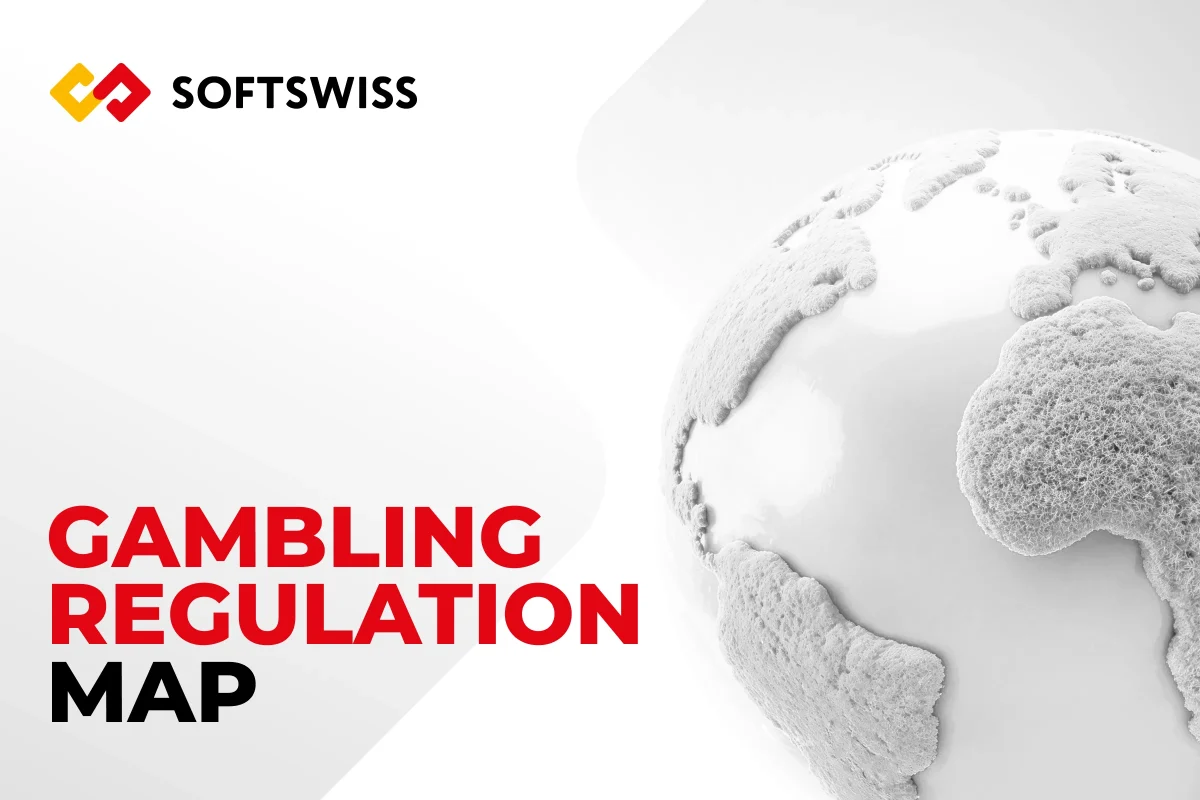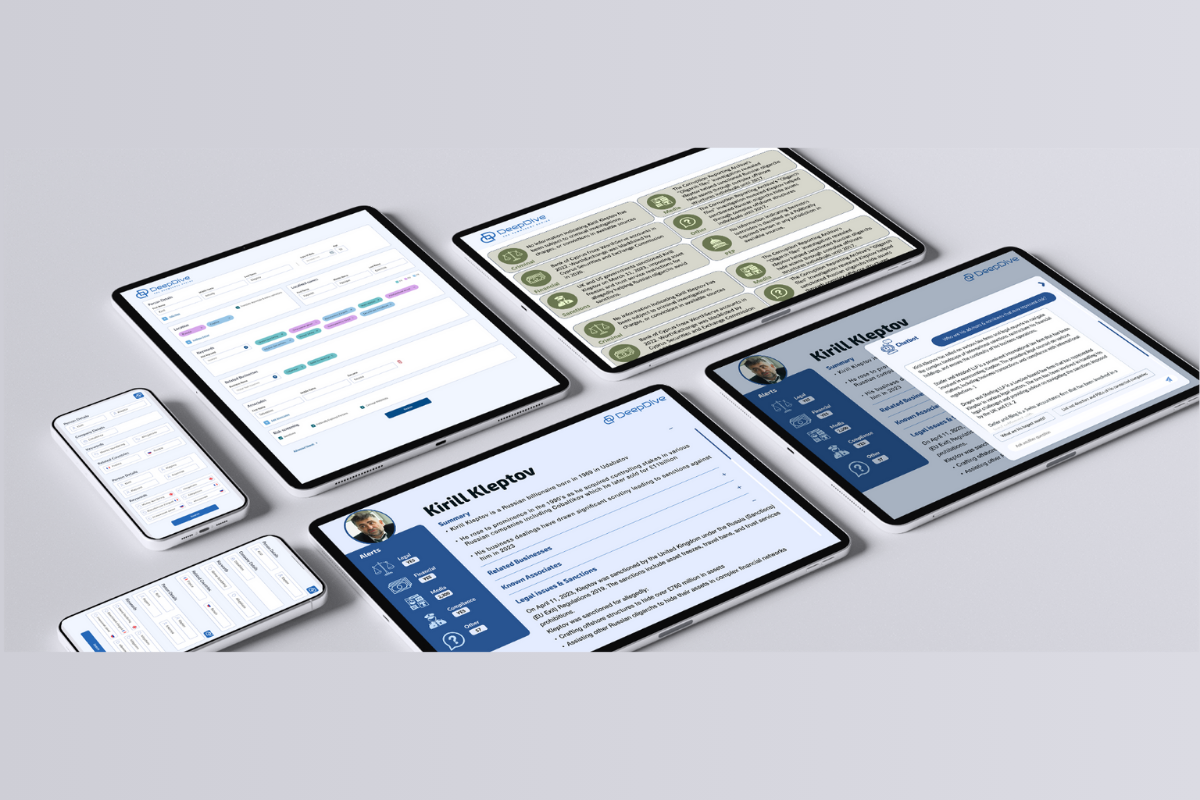Latest News
iGaming Influencer Marketing: Metrics That Matter – Measuring Your Campaign Success (bonus piece)

By harnessing the power of influencers, iGaming brands are not only expanding their reach but also forging stronger connections with their target audiences. The realm of iGaming, with its unique blend of entertainment, technology, and finance, presents a fertile ground for influencer collaborations, making it imperative for marketers to understand and navigate this landscape effectively.
If you missed the first two parts of this article series, you can find part one here, and part two here.
The crux of successful influencer marketing lies in its measurement – understanding which aspects are driving success and which need refinement. This is where Key Performance Indicators come into play. KPIs act as a compass, guiding marketers through the complexities of influencer campaigns and providing invaluable insights into their effectiveness.
But in the distinctive context of iGaming, what metrics matter the most? How can these metrics be accurately measured to ensure the best return on investment? In this article, Anna Zhukova, iGaming Team Lead at the Famesters influencer marketing agency, answers these critical questions – all the “whats” and “how tos”, – offering a comprehensive guide to mastering influencer marketing in the iGaming sphere.
Some Peculiarities of the iGaming Influencer Marketing Landscape
The iGaming industry, characterized by its online betting and gaming platforms, stands at the forefront of digital innovation and audience engagement. This sector is rapidly evolving and therefore demands marketing strategies that are not only creative and engaging but also compliant and adaptable to various market dynamics. Influencers in this space serve as vital conduits, bridging the gap between iGaming brands and their diverse audience.
However, leveraging influencer marketing in iGaming is not without its challenges. The industry operates under stringent regulatory frameworks, making compliance a paramount consideration. Additionally, the iGaming audience is diverse and dynamic, necessitating a deep understanding of market variability and player preferences. These challenges call for a strategic approach to influencer marketing, one that aligns with both the brand’s objectives and regulatory standards.
Key Metrics for iGaming Influencer Marketing Campaigns
In the quest to measure the impact of influencer marketing in iGaming, several KPIs stand out:
- Conversion Rate: The cornerstone of performance measurement, the conversion rate reflects the effectiveness of influencer campaigns in prompting desired actions, such as signing up or placing bets. Tracking this metric involves analyzing the ratio of audience actions to total impressions.
- Cost Per Acquisition (CPA): This metric is critical in budgeting and understanding the cost-effectiveness of acquiring new players through influencer campaigns. CPA gives a clear picture of the investment required to gain each new customer, a vital consideration in managing marketing budgets and forecasting ROI.
- RevShare (Revenue Share): This is a payment model in influencer marketing that focuses on long-term gains rather than immediate payouts. It allows influencers to earn a percentage of the profit generated from each player they attract to the platform. This model evaluates not just the initial deposit made by the player but the continuous profit generated over time, making it a potentially lucrative arrangement for influencers. The main challenge is the delayed payment schedule, often spanning 3 to 6 months, making it less attractive for influencers who prefer immediate payouts. Additionally, while hybrid models combining CPA and RevShare exist, they are not commonly used with influencers due to the complexity in calculating metrics.
- Player Lifetime Value (LTV): Beyond immediate conversions, LTV offers insights into the long-term profitability of players acquired via influencer marketing. This metric is key to understanding the enduring value of marketing efforts, guiding strategic decisions for sustained growth.
- Engagement Rate: This metric gauges how well the influencer’s content resonates with the audience, measured through likes, comments, shares, and other forms of interaction. High engagement rates often signal strong audience interest and a potential increase in brand loyalty.
- Click-Through Rate (CTR): CTR measures the effectiveness of influencers in motivating their followers to take specific actions, like visiting a gaming site or engaging with a promotional offer. It’s a direct indicator of the influencer’s ability to drive immediate responses from their audience, which is crucial for time-sensitive promotions or launches in the iGaming industry.
- Brand Sentiment and Awareness: This involves analyzing how the audience perceives the iGaming brand and the extent of its reach. Positive sentiment and increased awareness are key indicators of an influencer’s effectiveness in enhancing the brand’s reputation and appeal.
- Deposit and Retention Rates: Critical in the iGaming sector, these rates measure the number of new players making their first time deposits (FTD) and their continued engagement over time. High retention rates are indicative of successful influencer campaigns that attract and maintain loyal players.
- Return on Investment (ROI): This overarching metric evaluates the financial effectiveness of influencer campaigns by comparing the revenue generated to the cost incurred. A positive ROI signifies a successful campaign, offering insights for future marketing investments. By the way, it is ROI that influencer marketing specialists find the most difficult to evaluate, according to Famesters’ newest report:

- Player Engagement Metrics: Insights into how players interact with games and the platform are invaluable. Metrics like average session duration, frequency of play, and in-game purchases provide a deeper understanding of player engagement and preferences.
- Content Reach and Impressions: This measures the scope and spread of the influencer’s content across platforms. High reach and impressions indicate effective visibility and the influencer’s ability to introduce the brand to a wider audience.
By meticulously tracking these KPIs, iGaming brands can not only assess the immediate impact of their influencer marketing campaigns but also gain strategic insights for long-term player engagement and brand growth. This data-driven approach is essential in the highly competitive world of iGaming, ensuring that influencer marketing efforts are not just creative and compliant but also measurably effective.
Setting and Measuring Effective KPIs
In the high-stakes arena of iGaming, setting and measuring the right KPIs is akin to navigating a labyrinth; one wrong turn, and your marketing efforts could lead to a dead end. To ensure success, it’s imperative to adopt a goal-oriented approach and align your KPIs with your business objectives meticulously.
- Goal-Oriented Approach: Your journey starts with defining clear, SMART (Specific, Measurable, Achievable, Relevant, Time-Bound) objectives for your influencer marketing campaign. Do you wish to boost brand visibility, increase player acquisition, or enhance player retention? Setting specific goals provides a roadmap for your campaign and lays the groundwork for selecting the most pertinent KPIs.
- Aligning KPIs with Business Goals: The next step is to align your KPIs with these identified goals. If your aim is to increase player acquisition, focus on KPIs like Conversion Rate, CPA, and FTD. For enhancing player retention, metrics like LTV and Retention Rates become more relevant. Each KPI should act as a milestone, marking your progress towards your ultimate marketing objectives.
- Establishing Benchmarks: Finally, setting realistic targets for each KPI is crucial. What does success look like for your campaign? Is it a 20% increase in FTDs or a 30% boost in player engagement? Establishing these benchmarks not only helps in measuring campaign performance but also in evaluating the effectiveness of your influencer partnerships.
Analytical Tools and Techniques
The iGaming battlefield is rich with data, and navigating it requires an arsenal of sophisticated analytical tools and techniques. These tools not only provide the compass for measuring your KPIs but also offer insights that can pivot your strategy towards greater success.
- Advanced Analytics Tools: Specific influencer marketing platforms powered by AI, like the ones the Famesters agency uses, offer a treasure trove of data about player behaviors, campaign reach, and engagement levels. They can dissect your campaign performance into actionable insights, enabling you to make data-driven decisions. You can also use tools like Google Analytics, which are more basic.
- Utilizing Social Media and Web Analytics: Social media platforms come with their own analytics, offering a granular view of how content performs. Engagement rates, impressions, and audience demographics can be tracked, providing a clear picture of how influencer content resonates with the audience. Web analytics tools, on the other hand, shed light on the traffic that flows from influencer content to your iGaming platforms. They track metrics like session duration, bounce rate, and user pathways, painting a comprehensive picture of how influencer-driven traffic behaves once it lands on your site.
- Affiliate Links, Promo Codes, and UTM Parameters: These tools are the secret weapons in your arsenal for tracking sales and conversions. By embedding unique affiliate links and promo codes in influencer content, you can track each conversion back to its source, providing a clear view of the direct financial impact of your influencer marketing efforts. UTM parameters, when added to URLs shared by influencers, allow you to track campaign performance in Google Analytics meticulously. This data is invaluable in understanding which influencers are driving the most traffic and conversions, and which content resonates best with your audience.
- Employing Comparative Analysis Using Historical Data: One of the most effective strategies in assessing the success of your influencer marketing campaigns is to compare current campaign data with historical benchmarks. This comparative analysis helps identify trends, measure improvements, and understand the incremental impact of your influencer marketing efforts. By looking at how KPIs have shifted from past campaigns to present, you gain contextual insights that can inform future strategy adjustments and optimization efforts.
Challenges in KPI Measurement and Strategies to Overcome Them
There are no spheres with zero challenges, and, of course, iGaming influencer marketing and measuring its success also has some. Fortunately, there are ways to mitigate the risks.
- One of the most daunting challenges is the attribution of conversions across multiple marketing channels. The solution lies in employing sophisticated attribution models that can track the customer journey across different touchpoints. Utilizing tools like multi-channel funnels in Google Analytics can help in understanding how various channels contribute to conversions and in making more informed decisions about where to allocate marketing resources.
- Often, the impact of influencer marketing extends beyond direct sales; it affects brand perception, customer loyalty, and engagement levels. To quantify these aspects, employ sentiment analysis tools and social listening platforms. These tools can capture the nuances of customer interactions and feedback, providing insights into the brand’s health and audience perception.
- Discrepancies in data collection and analysis can lead to skewed results. Establish standardized procedures for data collection across all campaigns. Regular audits and cross-checks with influencers can also ensure data integrity and accuracy.
- The iGaming industry is bound by stringent regulatory and data privacy laws. Compliance should be a priority, and this involves working closely with legal teams to ensure all influencer marketing activities adhere to industry regulations and data protection laws.
Best Practices for Maximizing Campaign Success
The journey doesn’t end at launching an influencer campaign; it’s a continuous process of refinement and optimization. Here’s what you can do to ensure your influencer marketing campaign on the iGaming sector is a success.
- Regular Review and Adjustment of KPIs: Stay agile in your strategy by regularly reviewing and adjusting KPIs. This ensures your campaigns remain relevant and effective amidst the ever-changing market trends and consumer behaviors.
- Long-Term Player Value Over Immediate Gains: Shift the focus from short-term wins to long-term player value. Cultivate relationships with your audience through influencers, focusing on building trust and loyalty, which will pay dividends in the long run.
- Collaborative Strategies with Influencers: Forge strong partnerships with influencers. Their insights about audience preferences can be invaluable in shaping your campaign strategies. Collaborative efforts lead to more authentic and resonant marketing messages.
- A/B Testing for Optimizing Campaign Strategies: Don’t shy away from experimenting. Use A/B testing to try different approaches in your influencer campaigns to see what works best. This could be varying the content style, the platform, or even the type of influencer.
Bottom Line
Measuring the success of iGaming influencer marketing campaigns is an art that relies hard on analytics. The key takeaways include the importance of setting clear, goal-aligned KPIs, the need for sophisticated tools and methodologies to accurately measure these KPIs, and the significance of addressing the unique challenges in the iGaming sector. The journey of influencer marketing is one of continuous learning and adaptation, where each campaign offers new insights and opportunities for growth.
iGaming brands must embrace these insights, leveraging them to refine their influencer marketing strategies. It’s about striking the right balance between data-driven decision-making and creative marketing approaches. Regularly revisiting and fine-tuning KPIs, embracing the evolving digital landscape, and building strong, collaborative relationships with influencers are key to ensuring that your influencer marketing campaigns are not just successful but also set new benchmarks in the iGaming industry.
The success of influencer marketing in iGaming hinges on a deep understanding of both the metrics that matter and the ever-changing dynamics of the digital world. By staying informed, agile, and data-savvy, iGaming brands can harness the full potential of influencer marketing to captivate audiences, drive engagement, and achieve sustained growth in this competitive arena.
-

 Asia6 days ago
Asia6 days agoDigital gaming disruption tackled in 1st AsPac Regulators’ Forum
-

 Compliance Updates7 days ago
Compliance Updates7 days agoSOFTSWISS Releases Gambling Regulation Directory for iGaming Operators
-

 Compliance Updates7 days ago
Compliance Updates7 days agoAlternative Dispute Resolution (ADR) Role and Certification
-

 Asia7 days ago
Asia7 days agoiRace Media extends partnership with The Hong Kong Jockey Club in Asia
-

 Latest News7 days ago
Latest News7 days agoDeepDive launches AI platform to strengthen Enhanced Due Diligence for gaming operators’ anti-money laundering efforts
-

 Latest News7 days ago
Latest News7 days agoIs Horse Racing Betting Still Popular In Europe?
-

 Press Releases7 days ago
Press Releases7 days ago7777 gaming strengthens emerging markets presence with PlaylogiQ partnership
-

 Africa6 days ago
Africa6 days agoBetKing Renews Ikorodu City FC Partnership for 2025/26 NPFL Season















